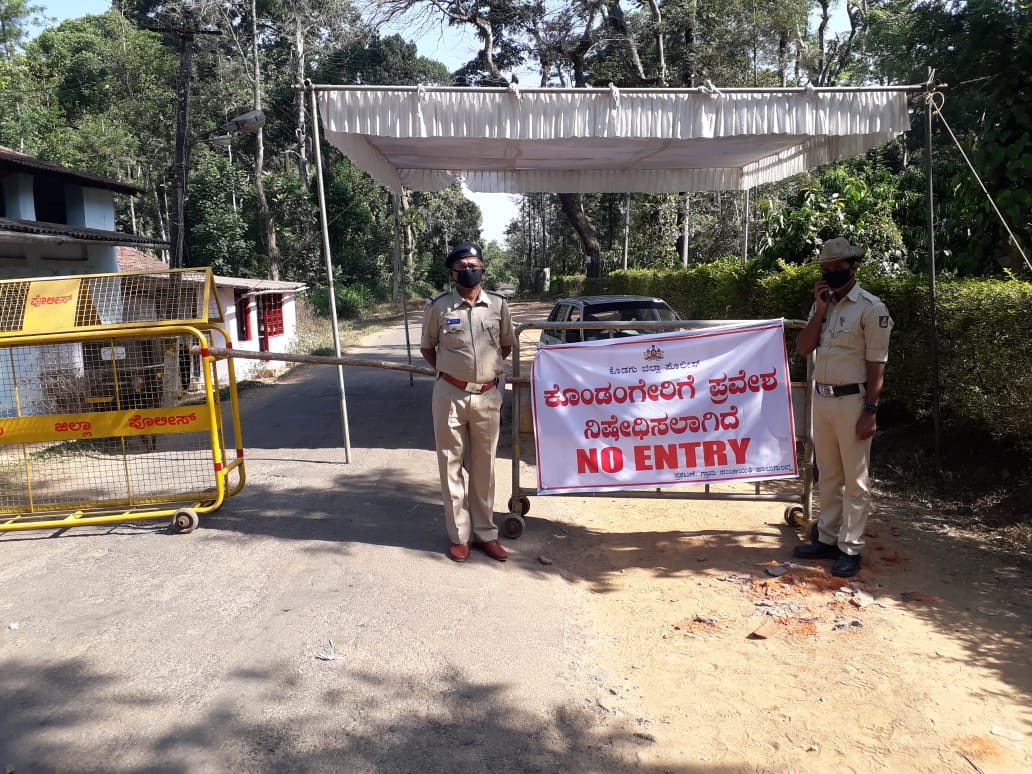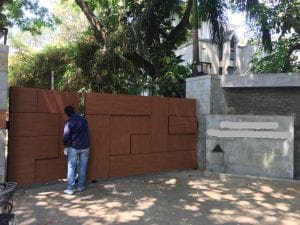
COVID quarantine: It is a different connotation for urban and rural residents
In the wake of the rapid spread of the pandemic coronavirus in India, several states have imposed lockdown, restricting the congregation of people. However, quarantine may mean different things to the urban and rural populations. The Federal takes a look.

In the wake of the rapid spread of the pandemic coronavirus in India, several states have imposed a lockdown, restricting the congregation of people.
When a person tests positive for COVID-19, they are isolated in a district hospital and treated, while some resort to self-quarantine at their homes.
However, quarantine may mean different things to the urban and rural populations. The Federal takes a look at the different connotations of quarantine:
Urban case
Soon after a woman in a gated community in Central Bengaluru tested positive for coronavirus, the residents collectively imposed a lockdown for the entire apartment and quarantined themselves starting March 19, taking a stand in public interest.
While the affected person is being treated in a nearby hospital, the family members are quarantined.
Bruhat Bengaluru Mahanagara Palike (BBMP) has set up a team of 10 officials led by Dr Shive Gowda, with auxiliary midwives, nursing students along with one doctor to monitor the temperature of the residents.
The BBMP team has also fumigated the apartment and its surroundings.
Shopping malls and commercial establishments in proximity to the gated community have also been shut.
Delivery men, from that of food delivery companies to groceries were stopped at the gate and handled by security staff.
“There are 46 houses in the apartment and following the guidelines, everyone stays indoor. The government officials take a daily review of each house and check the body temperature of residents,” a resident said.

He also said that the lifts and staircases are sanitised twice a day and ample awareness has been spread among the support staff so that they coordinate and follow instructions like others.
“Infants and elders living in the same house are asked to live in different rooms with minimal contact. Also, for those who do not have cooks and are unable to cook for themselves, fellow residents arrange food,” the resident said.
Even with no police force outside the apartment, the residents can be seen adhering to the instruction given by the officials and the residents’ welfare association.
Rural case
After a Dubai-returned man tested positive for COVID-19 in Kodagu, on March 19, instead of quarantining himself on airport authorities instructions, he took a bus to travel to his hometown.
Owning to this ignorant behaviour of the man, the authorities had to track down all the people who might have come in contact with him and further lock down the entire village of Kuttimotte in Kondangeri of Virajpet taluk.
Unlike an urban area where the population density is more, houses in Kuttimotte are spread across a vast chunk of land, making the issue grave and work for health authorities more.
Related news: COVID-19: Three new cases in Karnataka; total rises to 18
Speaking to The Federal, Dr Suman D Pennekar said there were two zones set up-one containment zone, about 200 meters in the radius of the affected person’s home, and another buffer zone in the radius of 500 metres.
In the containment zone, the police put two check posts and no residents were allowed to come out of their homes. With the assistance of the food and civil supplies department, the village panchayat supplies home-essentials to about 75 houses located within the containment zone.
A head police constable, a police constable, and a police sub-inspector monitor each check post, Pennekar added.
And in the case of a buffer zone which has an estimated 250 houses, the villagers are allowed to roam within the zone. The food supplies are not given by the government to each household in the buffer zone.
“There are shops inside the buffer zone, people can get their essential from those outlets. If anything falls short, we arrange the supplies for these shops,” Pennekar explains.


